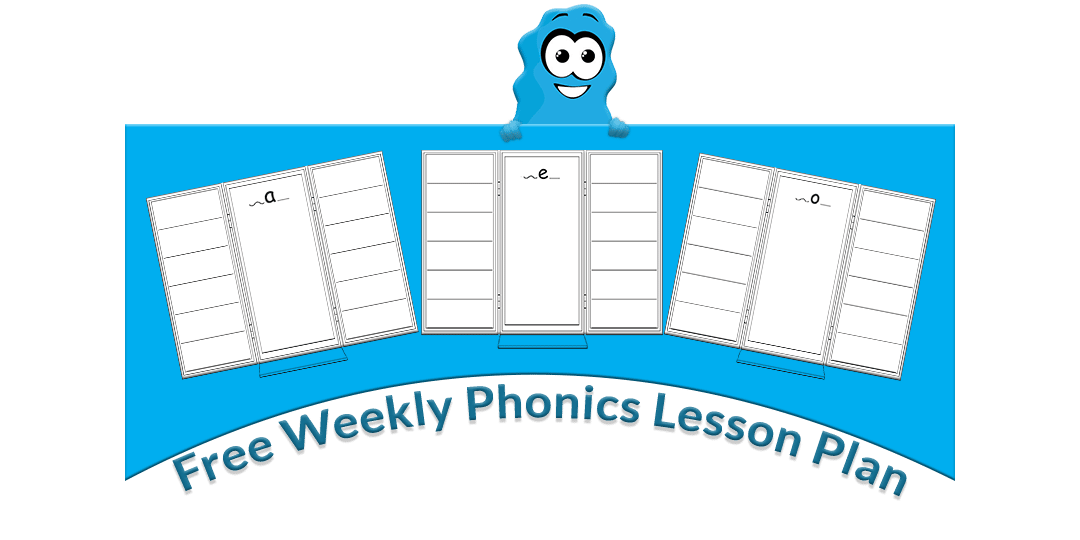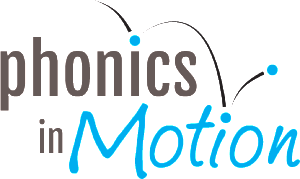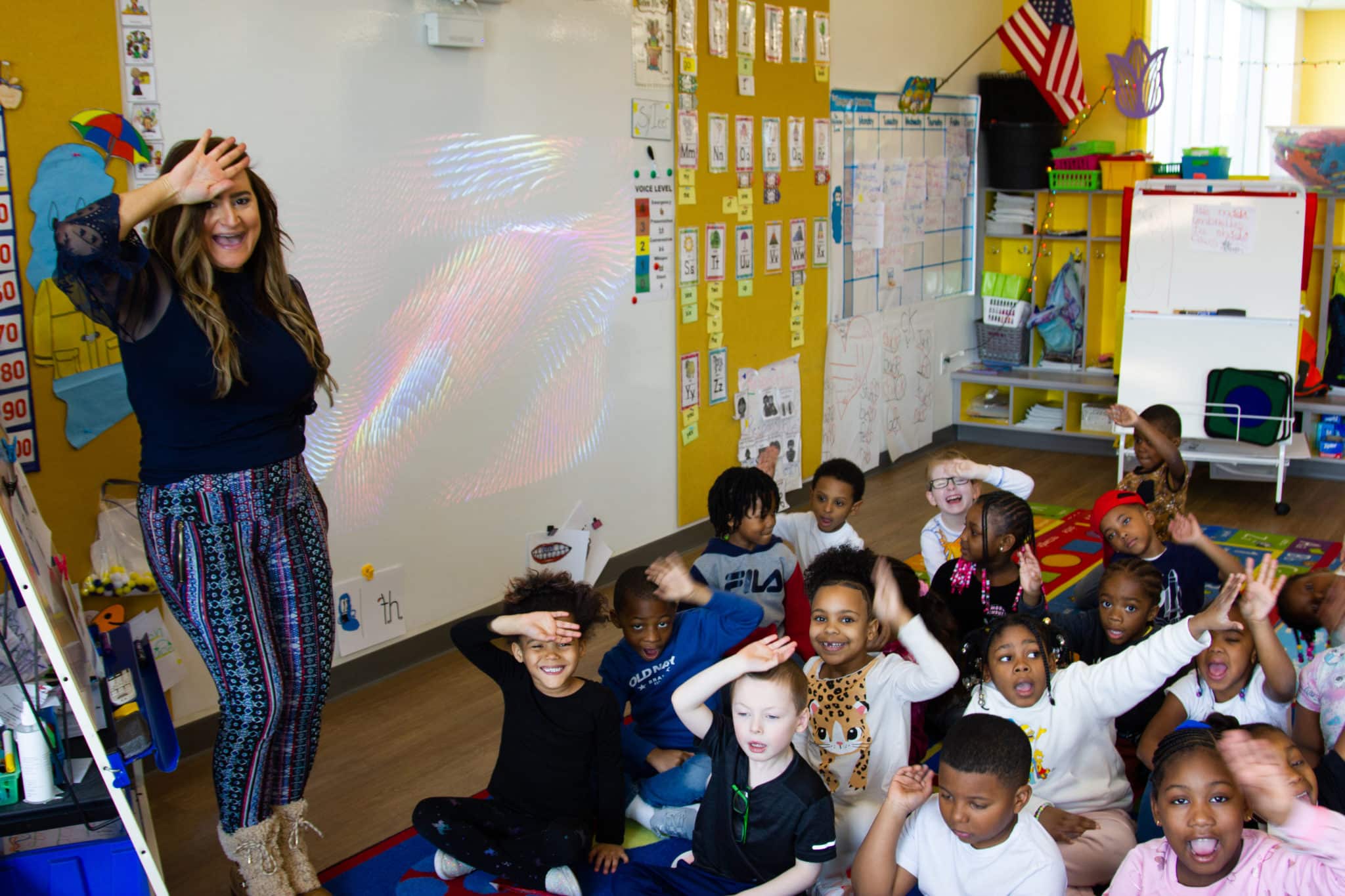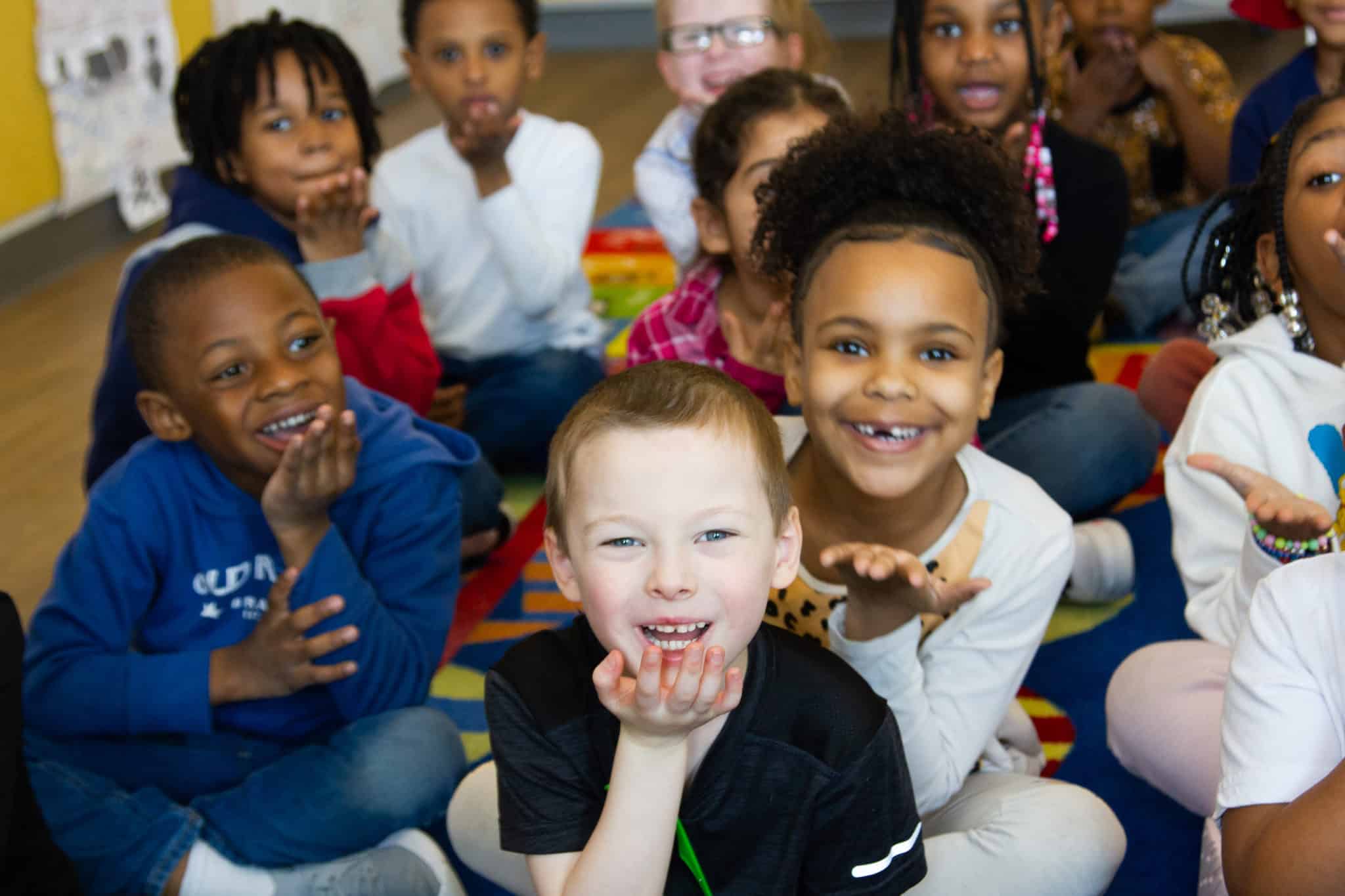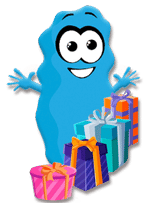Phonemic Awareness Activities To Boost Reading & Writing Skills
Phonemic awareness activities are an important way to teach kids literacy foundations and help them develop a positive relationship with learning.
By incorporating phonemic awareness activities into day-to-day life, children learn how to identify and manipulate sounds, and assign context to them through real-life experiences.
What is Phonemic Awareness?
Phonemic awareness is the first step toward learning to read.
Phonemic awareness is a fundamental skill that allows you to break words into their sounds. It’s an important part of learning to read because it prepares your child for recognizing spoken words and sounding out unknown words.
Phonemic awareness builds upon the skills your child has already developed in listening and speaking. It helps kids identify, segment, and manipulate individual letter sounds.
Why is Phonemic Awareness Important?
Phonemic awareness is an important precursor to learning how to read because it lays the foundation for developing letter knowledge (i.e., knowing that letters represent sounds). Phonemic awareness skills are also essential for learning alphabetic principles, which are necessary for decoding unfamiliar words in a text.
Children who have good phonemic awareness can hear each sound in a word and identify its individual parts. They can also blend sounds together to form words and break apart words into their distinct sounds This skill helps them understand how words are formed from individual letters or sounds from individual phonemes (the smallest unit of speech). As kids grow their vocabulary, their exposure to phonemic identification grows as well.
It is estimated that up to 25% of first graders do not have phonemic awareness mastery. Children who have difficulty with phonemic awareness will not be able to decode words by sounding them out. They often find it difficult to distinguish among similar-sounding words, such as “cat” and “hat.” They also have difficulty blending sounds to form new words.
When To Start Teaching Phonemic Awareness
Most children learn phonemic awareness naturally as they begin to talk. By school age, most children have mastered this skill and are ready to move on to learning letters and blends (groups of letters).
Phonemic awareness activities should be introduced as early as possible because they are critical for later reading success. This means starting very early and continuing throughout kindergarten, first grade, and beyond.
But some children don’t develop phonemic awareness as quickly as others, and it can be difficult for them to become readers later on.
The good news is that you can help your child develop this skill with simple phonemic awareness activities that are fun and easy to do.
Phonemic Awareness Activities
Phonemic awareness activities can be used both at school and at home. In the classroom, teachers can use phonemic awareness activities to support their reading instruction. At home, parents can use these activities to help their children build phonemic awareness skills.
Include reading in play (e.g., board games, puzzles).
Read books aloud together every day so your child gets used to hearing different sounds in words. Try using rhyming books where you substitute one word for another such as “cat” with “hat,” so they learn how sounds change
For more advanced students, encourage your child to look at each word as you read it so they can see how many syllables are contained within each word and how many letters are used in each syllable.
Play games that involve rhyming, sounds, or letters (e.g., “I Spy”).
When you play this game with your child, try using words that contain alliteration (the repetition of consonants) like “I spy with my little eye something beginning with /w/.” If your child is older and has an excellent grasp of phonemic awareness, you can try linking the letter with the sound. This will help them learn how letters sound together and how they can work towards sounding out new words by themselves.
Ask your child to find hidden objects that begin with the same sound as another object or picture
Ask your child to find hidden objects that begin with the same sound as another object or picture to develop phonemic awareness. For example, if you have a picture of a dog on your fridge, ask your child to find other items in the room that begins with /d/.
The goal here is to practice initial sounds, and it is important to focus on the sound, rather than the name of the letter.
Language Investigation
Ask your child what their favorite food is or what they want for dinner tonight. Then ask them what sound each letter makes when you say those words out loud together (e.g., “What does ‘ball’ start with?”). You can do this with many different foods or items around the house — whatever your child seems interested in at the time!
By allowing them to guide these investigations, kids discover that there are limitless learning opportunities in day-to-day life and that they can learn various skills by interacting with their favorite activities and interests. This aids them in developing an openness to learning literacy skills.
Phonemic Awareness Activities – Kinesthetic Motions for the Phonemes
Phonics in Motion has a unique method to boost your phonemic awareness activities whether you’re teaching a classroom of kindergarteners or teaching your kids at home!
Kinesthetic Motions for the Phonemes (KMPs) are motions that match each phoneme 1:1. They are fun, multisensory motions that match the articulation of the phoneme and help them feel the tension a sound makes. This gives kids a way to see, hear, and feel a sound.
KMPs help kids truly understand how a sound is produced rather than just memorizing sounds.
Using KMPs in your phonemic awareness activities gives kids the advantage of whole-body learning since the KMPs provide an anchor in their brains that they can use for faster phoneme recall.
Including KMPs in phonemic awareness activities also provides important context and assigns meaning to individual sounds, which is a crucial element to later building reading comprehension and fluency.
